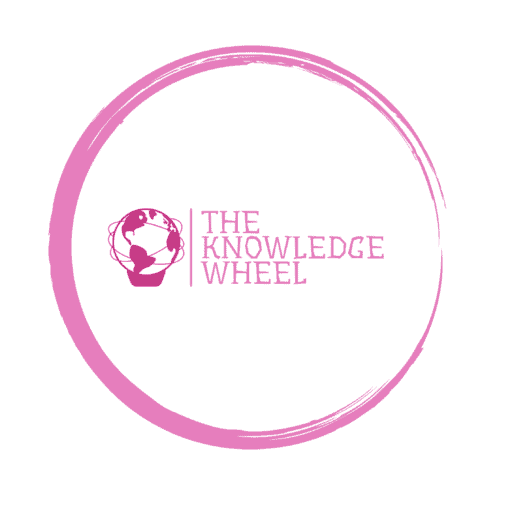The third trimester of pregnancy is the final stage of the journey before a woman gives birth. It typically spans from week 28 to week 40 of pregnancy, although it can vary slightly depending on individual circumstances. During this period, a woman’s body undergoes significant changes as it prepares for labor and delivery. In this article, we will discuss some of the most important things to expect during the third trimester of pregnancy.

Fetal Growth: The fetus grows quickly in the third trimester, attaining an average of half a pound per week. The baby’s weight during this stage of pregnancy might range from 5 to 10 pounds.
Mild, erratic contractions known as Braxton Hicks contractions aid in preparing the uterus for labor. Although they are typically not painful, they can be uncomfortable.
Increasing tiredness: As the pregnancy goes on, many women report feeling more and more worn out and may have trouble falling asleep.
Breathlessness: As the uterus grows, pressure is placed on the diaphragm, making it more difficult to take deep breaths. Women can lessen the discomfort by sitting up straight and taking pauses as needed. This is typical in the third trimester.
Swelling: During the third trimester, many women feel swelling in their hands, ankles, and feet. This is because the expanding uterus puts more pressure on blood arteries.
Contractions: During the latter few weeks of pregnancy, women may have regular and increasingly frequent contractions. This may signal the start of labor and has to be notified to a medical professional.
Preparing for Labor: In the third trimester, women should take childbirth classes, make a birth plan, and pack a hospital bag to get ready for labor.
Gestational Diabetes: During pregnancy, some women acquire gestational diabetes, which can lead to difficulties for both the mother and the unborn child. Women should discuss gestational diabetes screening with their healthcare provider.
Pelvic Pain: As the baby grows, the pelvis may become painful or uncomfortable. By taking breaks, switching positions, and performing pelvic exercises, you can relieve the strain on the pelvis that is the cause of this.

Emotions: As many women get ready for the birth of their child, the third trimester can be an emotionally difficult period for them. Women should take the time to look after themselves and, if necessary, seek out assistance from friends, family, and healthcare professionals.
Women’s bodies endure major changes throughout the third trimester of pregnancy as the baby develops and gets ready for delivery. Here is a list of some of the changes that take place each week:

Week 28: The newborn’s size and weight are currently comparable to those of an auberge. As the baby grows, women could get more exhausted and have Braxton Hicks contractions and shortness of breath.
Weeks 29 and 30: The baby’s movements become more synchronized, and mothers may notice more kicks and punches at this time. In order to alleviate discomfort, women may have swelling in their hands and feet and may need to wear compression stockings.
Weeks 31 and 32: The infant is currently between 16 and 18 inches long and weighs about 3.5 pounds. As the baby descends deeper into the pelvis in preparation for delivery, some women may experience pelvic pain.
Weeks 33–34: The baby’s head may start to engage in the pelvis, which will ease women’s breathing but increase pressure on the bladder. In order to avoid becoming dehydrated, women may also have more frequent Braxton Hicks contractions.
Weeks 35–36: The infant is now regarded as full-term and is between 18–20 inches and 5–6 pounds in size. As their bodies get ready for delivery, women may experience more frequent and regular contractions.
Week 37-38: The baby is considered early-term and may be born at any time. Women may experience more intense Braxton Hicks contractions or even early labor, which should be reported to a healthcare provider.
Week 39-40: The baby is now considered full-term, and women may experience increased pelvic discomfort and pressure as the baby prepares for delivery. Women may also experience a “bloody show,” which is a sign that labor may be imminent.
It is important to note that every woman’s pregnancy is different, and these changes may occur at different times and intensities for each person. Women should consult with their healthcare providers to monitor their pregnancy and ensure that they are experiencing a healthy third trimester.

2 responses to “Fearless Pregnancy: Embracing the Third Trimester with Courage and Conviction”
Thanks for sharing your thoughts. I really appreciate your efforts and I
will be waiting for your next post thank you once again.
Glad to hear, will post soon. Thanks for your support.